
AYA-jii, the bitter gourd curtain is almost over. What should we plant next?”

“A good question. When the summer vegetables finish their role, it’s time for flowers to take over. How about the mini climbing rose called ‘Azumino’?”

Roses as a curtain? That sounds exciting!
From Summer Green Curtain to a Curtain of Flowers
The lush green curtains of bitter gourd and sponge gourd that shaded the balcony all summer gradually wither as autumn approaches. They have given us shade, freshness, and even harvests, but eventually it is time to take them down. That moment often leaves the balcony looking empty and quiet.
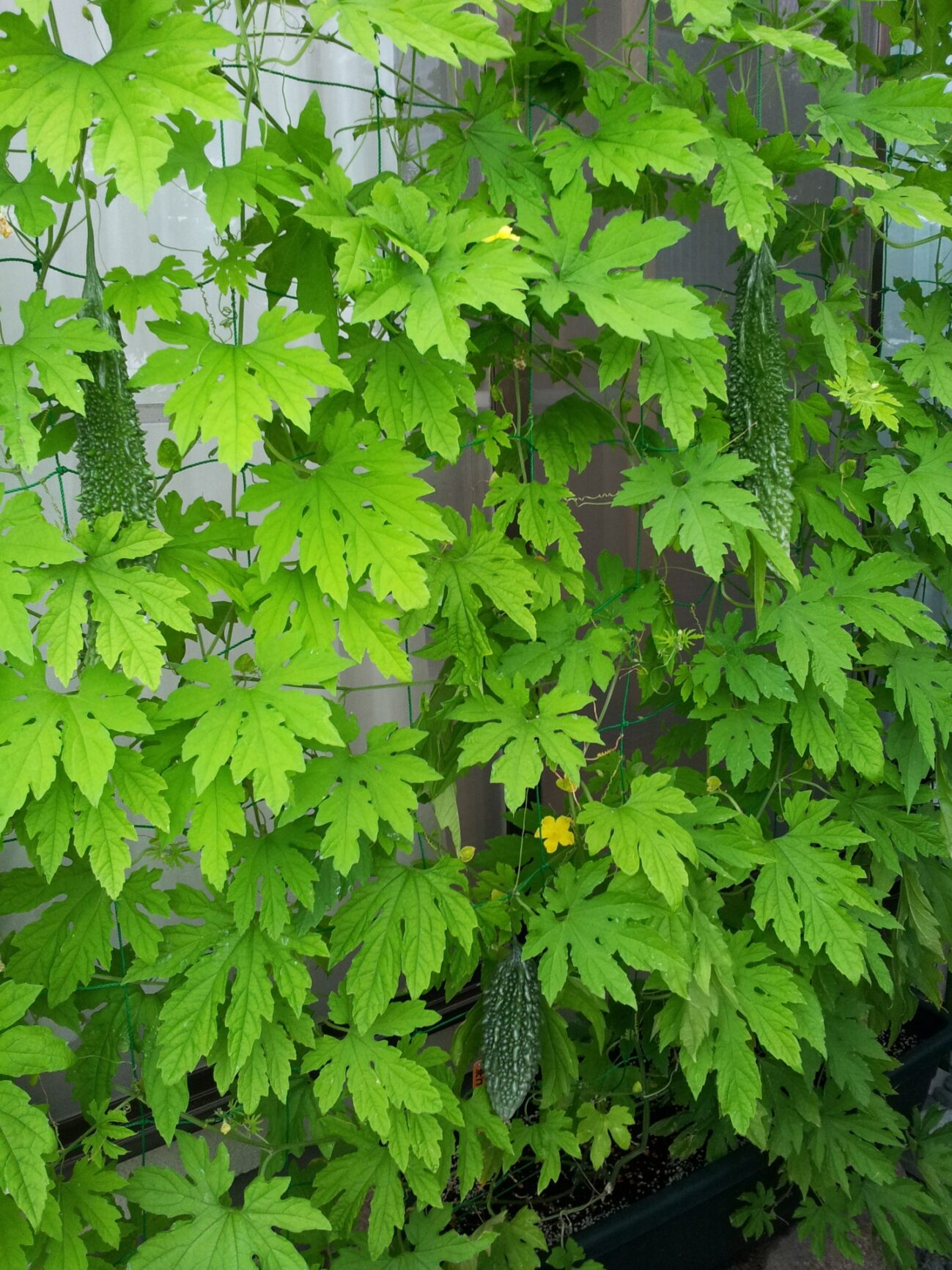
Instead of leaving it bare, why not continue the rhythm with a new kind of curtain—a flower curtain? Passing the baton from leafy vegetables to blooming roses keeps the balcony alive all year round. For me, last year was the first time I tried this transition. Once the gourds were cleared, I discovered the charm of planting a rose that would brighten the balcony for the coming spring. The mini climbing rose ‘Azumino’ was the perfect choice.
The Charm of the Mini Climbing Rose ‘Azumino’
‘Azumino’ is a Japanese-bred mini climbing rose. Its soft pink petals blend beautifully with white, and a yellow center adds a cheerful contrast. Despite being compact, the flowers bloom in clusters, creating an elegant and radiant display that instantly transforms a small balcony into a welcoming space.
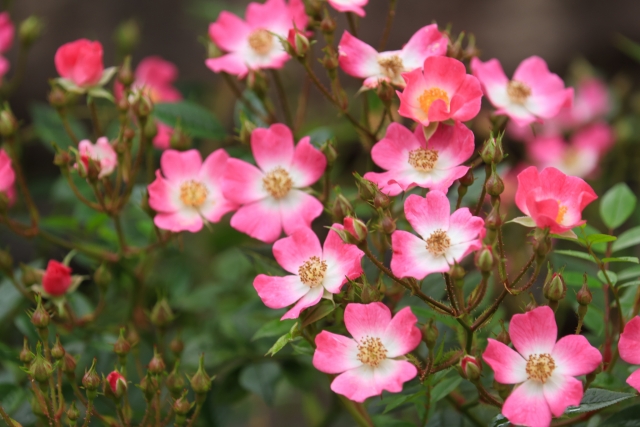
It is a once-blooming rose, showing its glory mainly in spring, but this very seasonality makes it special. Anticipation builds as winter passes, and the burst of blossoms in spring feels like a well-earned gift. Unlike summer’s edible curtain of gourds, ‘Azumino’ offers a curtain for the eyes and heart—beauty that uplifts daily life.
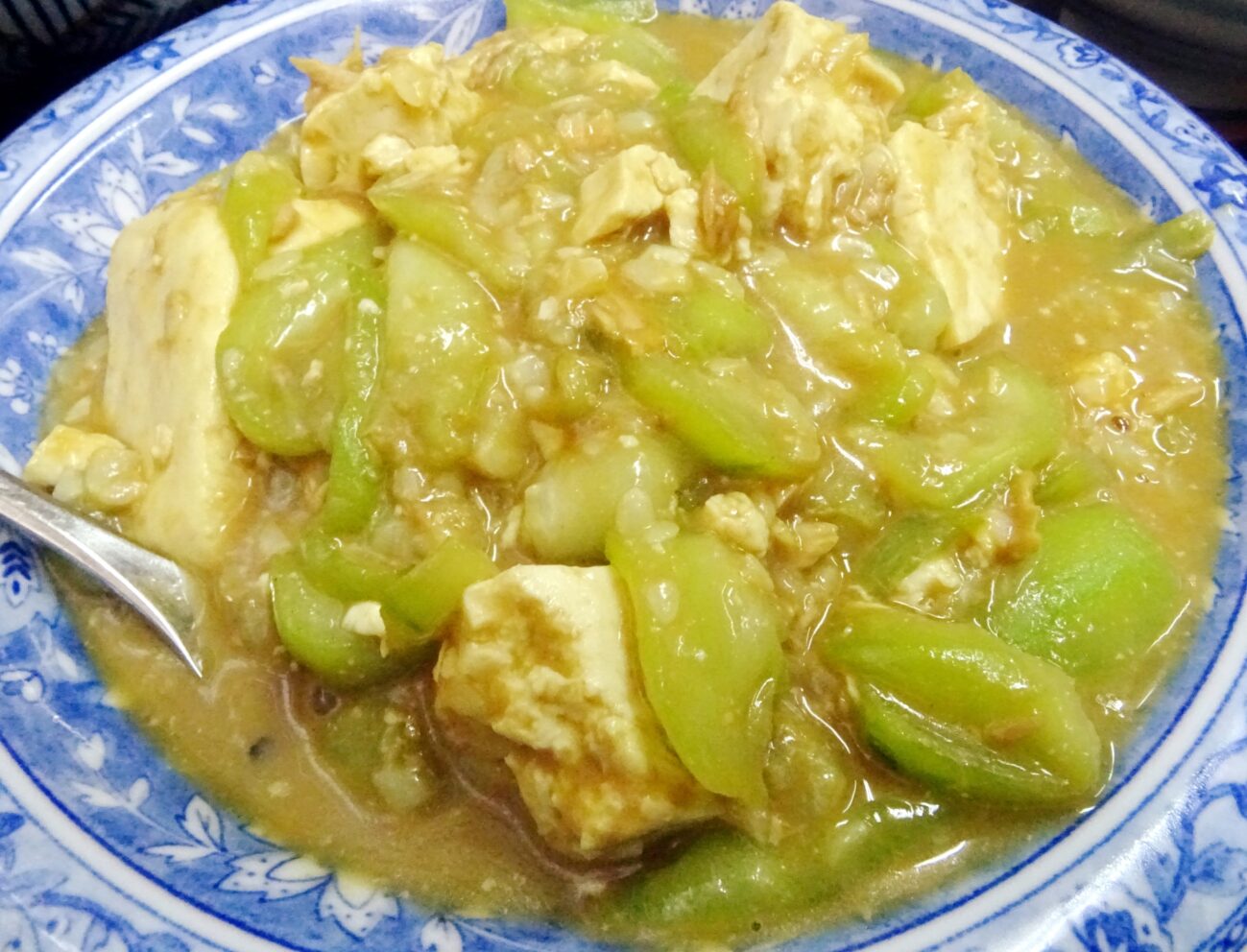
Preparing from Mid-Summer: Planting and Soil
When the gourds were removed, I immediately reused the large planters for planting ‘Azumino.’ To help the roots spread firmly, I prepared two spacious containers.
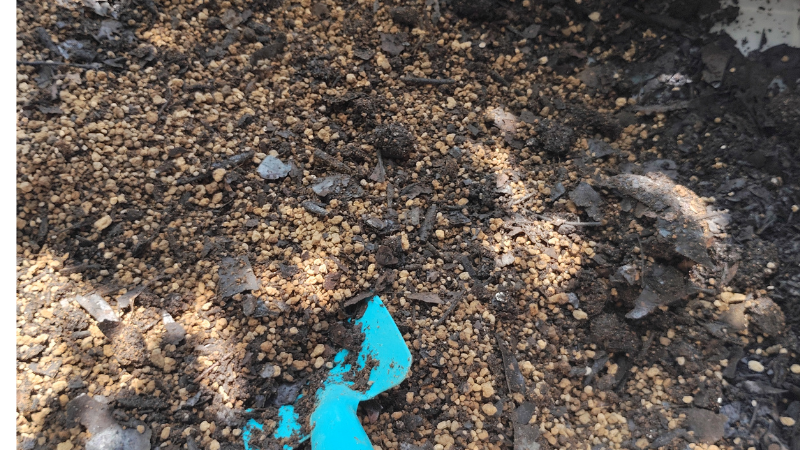
Soil was blended from akadama (red clay granules), leaf mold made only from fallen leaves, and compost—creating a homemade mix rich in organic matter. To boost root development, I added fermented microorganisms as well.
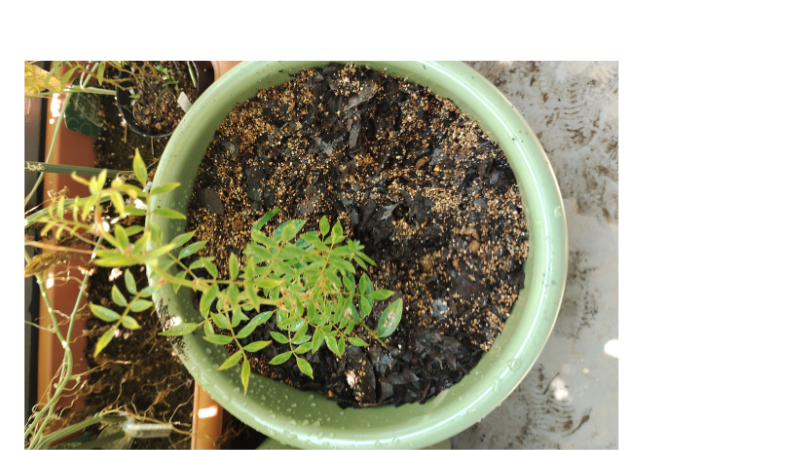
Through the hot summer weeks, I watered every morning and evening, as the soil dried quickly. Tending the new rose while imagining its curtain of blossoms in spring became a daily joy. Even on the hottest days, the thought of “what this balcony will look like next year” kept me motivated.
Training the Vines into a Curtain
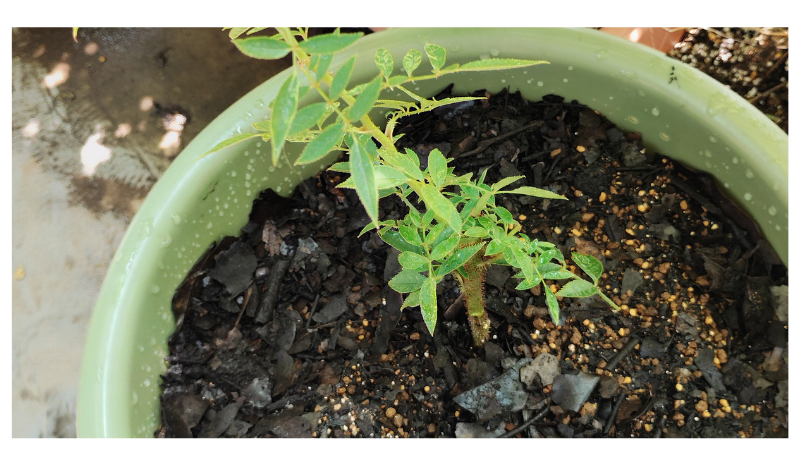
The key to forming a rose curtain lies in how you guide the branches. With ‘Azumino,’ I tied the canes horizontally along the fence and balcony rails. This encourages buds to sprout evenly along the stems, resulting in flowers distributed across the entire plant. Simply letting it grow upward would concentrate blooms at the top, but spreading it sideways creates a balanced and natural-looking curtain.
By shaping the plant gradually in autumn, I prepared a framework that would bloom fully in spring. Seeing the transition—from the fading gourds to the first shoots of a rose—gave me a sense of connection between the seasons.
Conclusion: Vegetables First, Then Flowers
Bitter gourd and sponge gourd bring freshness and food in summer. Roses like ‘Azumino’ bring brightness and beauty in spring. By connecting these plants in succession, a small balcony can feel alive with changing seasons throughout the year.
Balcony gardening is not about “ending” with one crop; it’s about creating the next beginning. When you clear away your green curtain this summer, imagine what could come after. Perhaps your balcony will welcome its very own rose garden next spring.
A Word to Readers
If this story inspires you, why not look for a mini climbing rose like ‘Azumino’ at a garden center or plant exhibition? Transitioning from a green curtain of vegetables to a flower curtain of roses can bring a refreshing new rhythm to your balcony life. It’s a small challenge that promises a big reward in beauty and joy.

